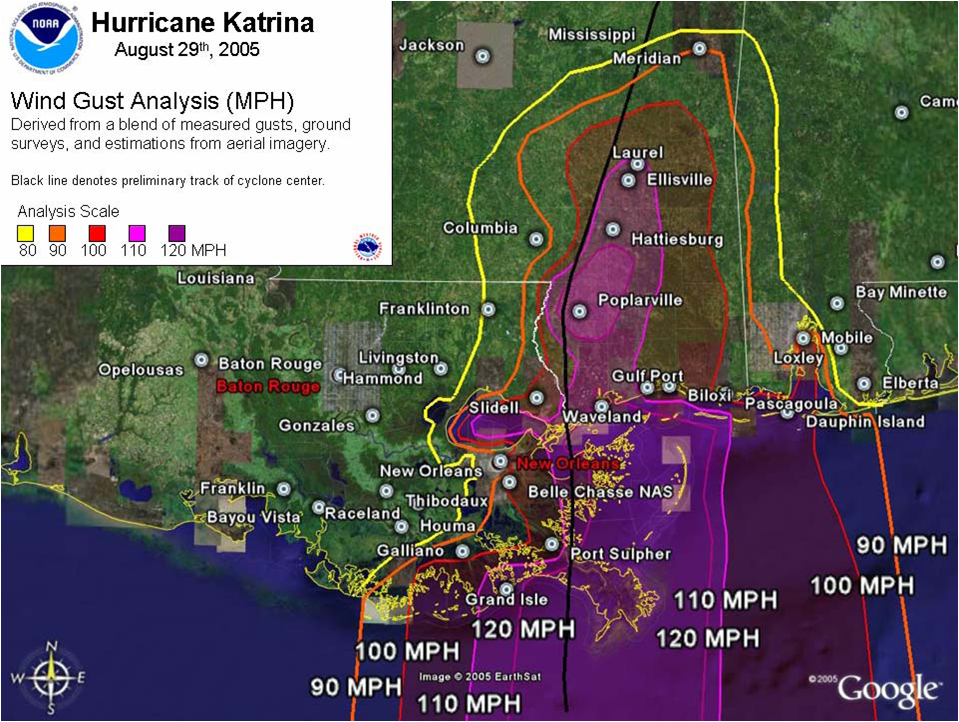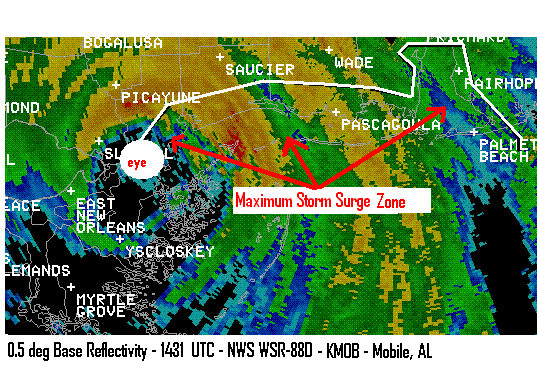August 29, 2005, will be remembered as the day Hurricane Katrina changed the lives of millions of people.
For those who lived through it, Katrina remains a memory they’d like to forget. Residents along the Mississippi Gulf Coast may attend one of several memorials commemorating the 17th anniversary of the hurricane today, but for the residents that are still on the coast, there are constant daily reminders of the destruction.
Not far from the beach in the cities hit hardest by the monster storm, like Long Beach and Pass Christian, you still come across the ominous steps to nowhere. Remnants of the heartache wrought by the costliest hurricane to ever strike the United States. Katrina is also one of the five deadliest hurricanes. In all, there were 1,833 fatalities and approximately $108 billion in damages.
The storm made its initial landfall along the southeast Florida coast on August 25 as a Category 1 hurricane (80 mph) on the Saffir-Simpson Hurricane Wind Scale. It then moved west across south Florida and into the very warm waters of the Gulf, intensifying rapidly to attain Category 5 status, with peak sustained winds of 175 mph as it continued to move northwest on August 28.
Katrina weakened to a Category 3 before making landfall along the northern Gulf Coast, first in southeast Louisiana with sustained winds at 125 mph and then making landfall again over Hancock County along the Mississippi Gulf Coast with sustained winds of 120 mph.
The winds were bad enough, but Katrina will forever be remembered for her deadly storm surge. Step into many locations along the Mississippi Gulf Coast and you will see high water marks on the walls or erected at memorials to the victims of Katrina.

Katrina’s highest surge was found in a zone from just east of the eye near Bay St. Louis east to the northern reaches of Mobile Bay. Those who lived through Katrina would later share stories of how they were forced to escape the floodwaters in their attic and then hack their way through rooftops as the water continued to rise.

Reporters, like myself, who covered the storm and its aftermath will never forget the widespread destruction along Highway 90 and further inland. Driving along the beach when it was finally cleared was daunting. The landmarks we used to know were gone, as well as the street signs, so residents who had lived on the coast their entire lives were in awe by how difficult it became to even know where you were.
But in the midst of all that destruction, there is one thing I will never forget: the resiliency of the people on the Mississippi Gulf Coast. I’ll always remember how residents, some of whom had nothing left but a slab, would go out of their way to help others. It’s that spirit that made me proud to call the coast home and 17 years later, it still does.
The post Remembering Hurricane Katrina, 17 years later appeared first on SuperTalk Mississippi.



